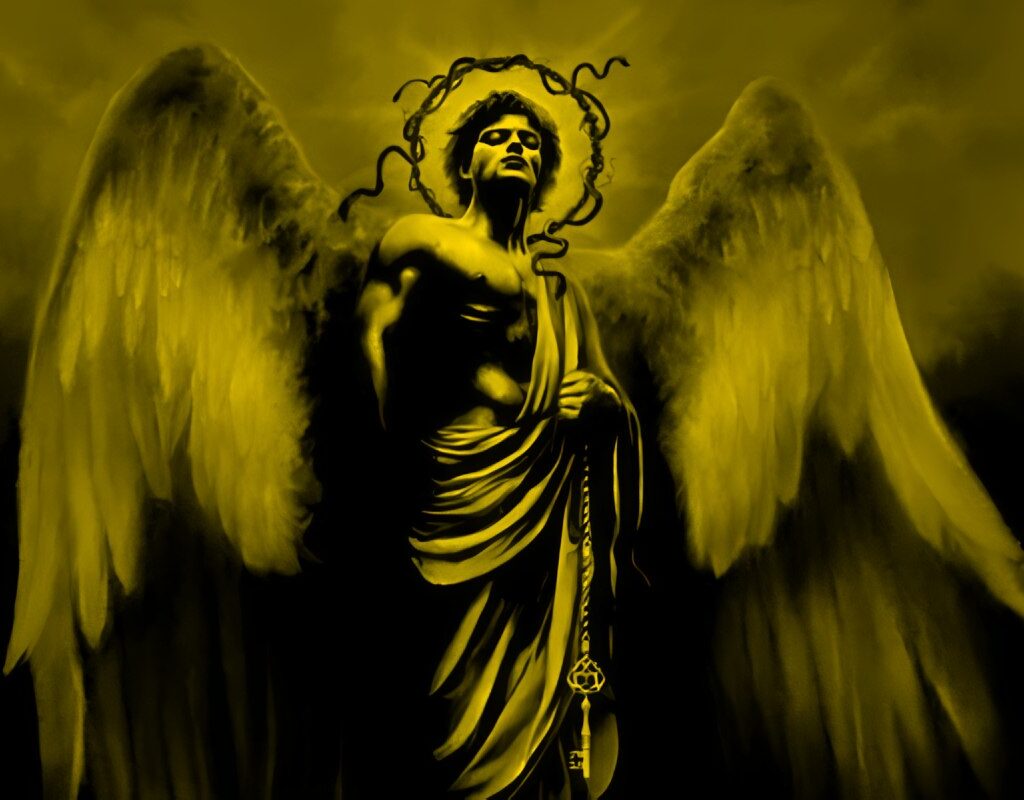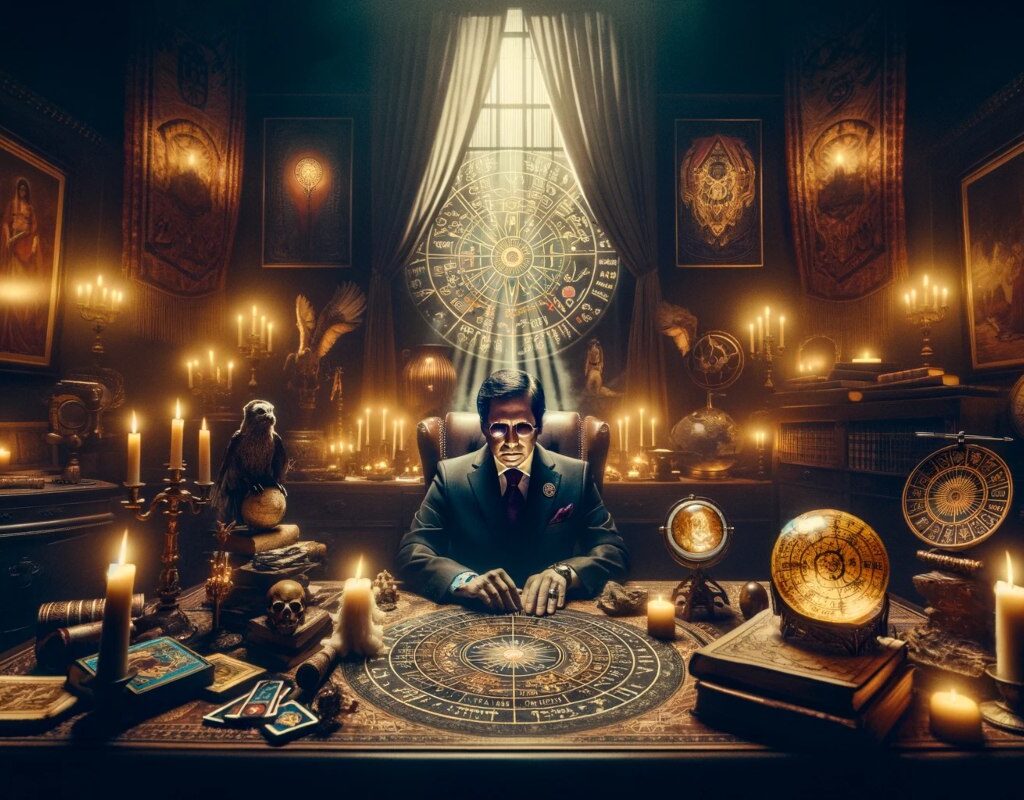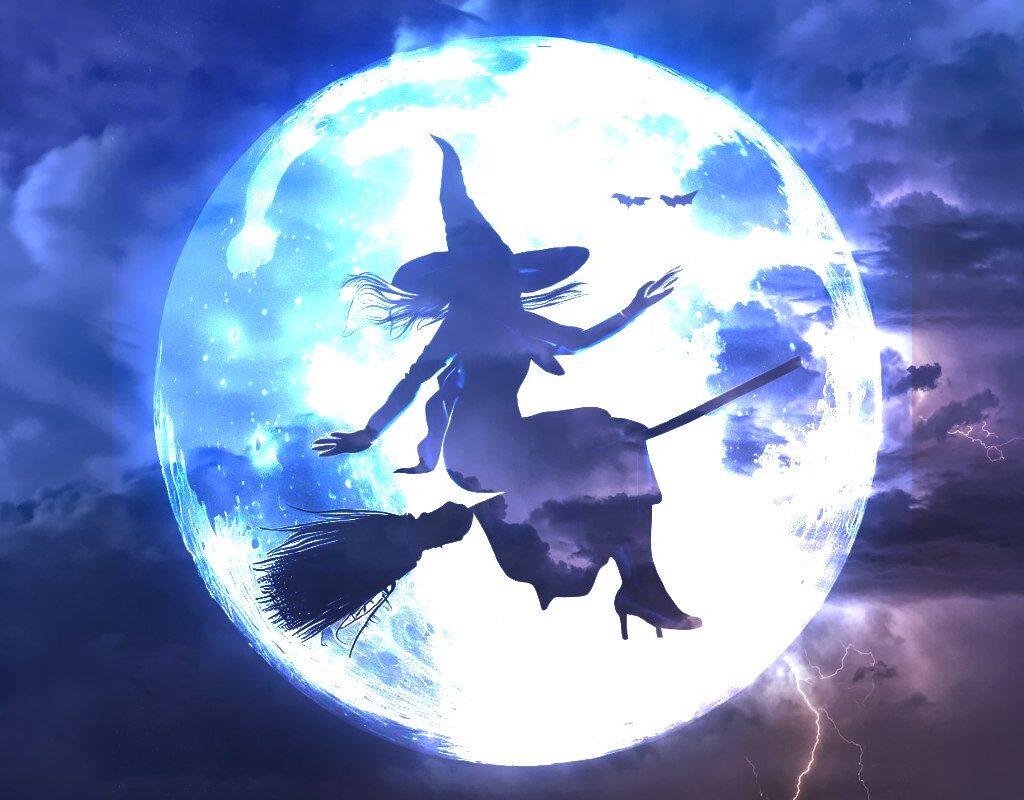Cursed and forbidden books have always been subjects of fascination and mystery. In this article, we take you on a journey through the darkest and most feared texts, such as the Gospel of the Vampires and the Book of Thoth. Discover the hidden secrets and legends surrounding these books and how they have influenced popular culture and esoteric thought.
The Fascinating World of the Necronomicon
The Necronomicon is probably one of the most famous cursed books. Created by the mind of writer H.P. Lovecraft, it is said that this book contains dark secrets and rituals that can drive anyone who dares to read it insane. Allegedly written by Abdul Al-Hazred, a mad Arab poet, in 730 AD, the Necronomicon has been an endless source of inspiration for horror and mystery stories.
The fascination with the Necronomicon lies not only in its fictional content but also in how Lovecraft integrated it with real historical elements. For example, mentions of Ibn Khallikan and the Latin translation by Olaus Wormius in 1228 add credibility to the legend. This blend of reality and fiction has created a legend that continues to capture the imagination of readers and writers alike.
The Gospel of the Vampires: Myths and Realities
The Gospel of the Vampires is another text shrouded in shadows and mystery. Presented as a dark version of Genesis, this book dates back to pre-Christian times and offers a disturbing view of creation and existence. The parallels with Christian teachings are undeniable, adding another layer of mystery and fascination.
During my youth, my interest in esoteric texts led me to search for books like the Gospel of the Vampires. Although I never found a copy of this particular book, the legends and tales surrounding it continue to be a source of intrigue. The possibility that such texts contain hidden truths about our history is both terrifying and irresistible.
Malleus Maleficarum: The Witch Hunt and Its Legacy
Published in 1487, the Malleus Maleficarum, or “Hammer of Witches,” is one of the most infamous texts in history. Written by inquisitors Heinrich Kramer and Jakob Sprenger, this book served as a guide for the hunting and persecution of witches in Europe.
Endorsed by Pope Innocent VIII, the Malleus Maleficarum spread fear and superstition, leaving a legacy of suffering and death.
Despite being a compilation of earlier texts, the Malleus Maleficarum was innovative in its assertion of the existence of witchcraft. Additionally, it detailed how witches, under demonic influence, could perpetrate various evils. This book not only reflected the beliefs of its time but also amplified them, contributing to one of the darkest periods in European history.
The Book of Thoth: Ancient Wisdom and Modern Mysteries
Among esoteric texts, the Book of Thoth holds a special place. It is said that this Egyptian manuscript is between 10,000 and 30,000 years old and contains the wisdom of Thoth, a scribe who defied the gods and achieved immortality. The teachings of Hermes Trismegistus, a central figure in alchemy, are based on the revelations of this ancient book.
The connection between the four elements of alchemy and the domains described in the Book of Thoth suggests that the Corpus Hermeticum has its roots in this manuscript. Additionally, it is believed that the Tarot Arcana find their origin in the pages of Thoth, adding another layer of mystery to this fascinating text.
Forbidden Books Throughout History
Throughout history, many books have been banned due to their controversial or dangerous content. From religious texts to political works, censorship has been a powerful tool for controlling information and maintaining social order. However, the banning of a book often only increases its appeal, making it an object of desire for those who seek to challenge established norms.
Books like Salman Rushdie’s “The Satanic Verses” or George Orwell’s “1984” have faced censorship for various reasons. “The Satanic Verses” was banned in several countries for its interpretation of Islam, while “1984” was censored for its critique of totalitarianism. These modern examples show that book banning is not just a historical phenomenon but a continuing practice that reflects society’s tensions and values.
Cultural and Literary Impact of Cursed Books
Cursed and forbidden books have left a deep mark on culture and literature. They have inspired countless works of fiction, movies and TV series and continue to be a source of fascination for researchers and occult enthusiasts. These texts represent a connection to the unknown and the forbidden, offering a window into worlds that many fear to explore.
For example, the Necronomicon has been referenced in numerous movies and series, creating an aura of mystery around its existence. Similarly, the Malleus Maleficarum has influenced the depiction of witch hunts in popular culture, from novels to film adaptations. These books have not only fueled the imagination of creators but also contributed to the formation of myths and legends that endure over time.
Personal Experiences: The Attraction to the Forbidden
During my youth, I immersed myself in the search for esoteric and cursed books, drawn by promises of forbidden knowledge and mystery. Although I never managed to find some of the most legendary texts, the search itself was an enriching experience. It led me to explore ancient libraries, rare bookshops and converse with other seekers of the occult, all united by a shared passion for the unknown.
One of the most memorable moments was when I found a copy of the Malleus Maleficarum in a second-hand bookstore. Holding that book, I felt a connection to the past and to all those who had been persecuted for their beliefs and knowledge. This experience reinforced my conviction that cursed and forbidden books are more than just texts; they are gateways to stories and knowledge that challenge conventions and invite us to think beyond the obvious.
The Eternal Charm of Cursed Books
Cursed and forbidden books will continue to capture our imagination and curiosity. They represent not only the quest for hidden knowledge but also the challenge to established norms and the courage to explore the unknown. As we continue to discover and rediscover these texts, we encounter not only fascinating stories but also reflections of our own concerns and desires.
Ultimately, they are a reminder of the power of literature to transcend time and space. They connect us with the mysterious and the forbidden and remind us that sometimes, the most valuable knowledge is found at the margins of the known. These texts, despite their risks and dangers, invite us to challenge our own limits and explore what lies beyond the accepted and the permitted.
This article was made possible thanks to the valuable contribution of Sandro Bossio for diariocorreo.pe



